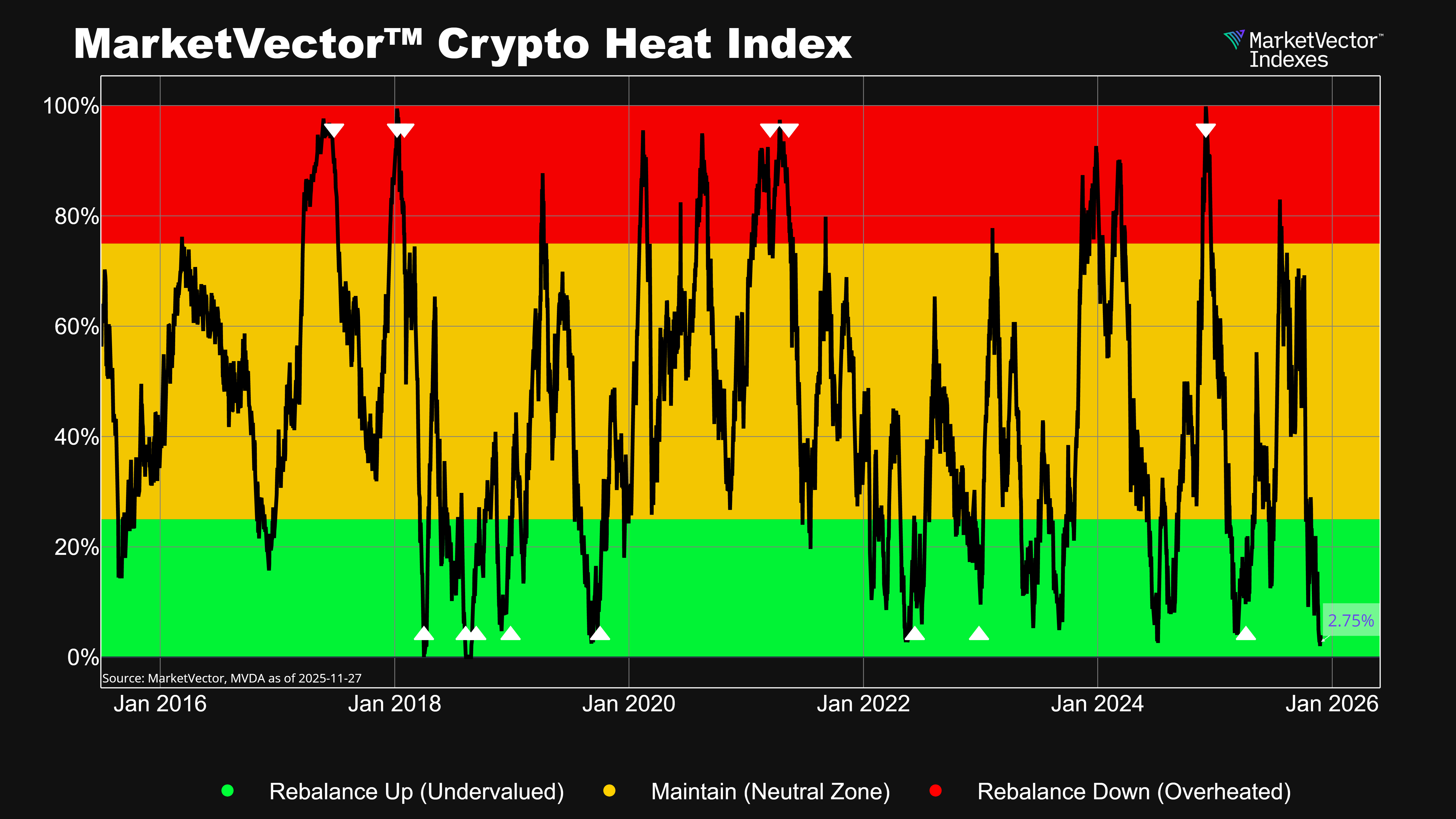As of early December 2023, the U.S. Treasury Yield Curve remains inverted, indicating that the yield on 10-year bonds is lower than that on 2-year bonds. The inversion of the yield curve can be understood in a couple of ways. On one hand, it reflects the impact of the Federal Reserve's policy to increase short-term interest rates, a move that typically leads to higher borrowing costs and potentially dampens economic activity. Another view is that low medium- and long-term interest rates suggest relatively low desired investment and lower future growth.
The first perspective emphasizes the immediate impact of the Federal Reserve's monetary policy on short-term economic stability. It focuses on how central bank actions directly influence current financial conditions. In contrast, the second perspective delves into market expectations, looking at long-term prospects for economic growth and investment. This view is more about gauging broader market sentiments and projecting how these perceptions could shape future economic and investment trends.
Why do these unique perspectives matter? The yield curve inversion has been observed for around 17 months and is traditionally used as a key indicator to assess economic health. However, a more insightful approach to understanding interest rate trends might be to examine the changes in the steepness or flattening of the yield spread, among a whole host of other factors. This enduring inversion of the yield curve, combined with its current flattening trend, may be an opportunity for investors to strategically realign their portfolios. As of December 6, 2023, the spread between the 2 and 10-year treasuries was 48 bps.1
Source1: U.S. Department of the Treasury, "Daily Treasury Yield Curve Rates - December 2023," accessed on December 7, 2023, https://home.treasury.gov/resource-center/data-chart-center/interest-rates/TextView?type=daily_treasury_yield_curve&field_tdr_date_value_month=202312
For more information on our family of indexes, visit www.marketvector.com.
Get the latest news & insights from MarketVector
Get the newsletterRelated:




